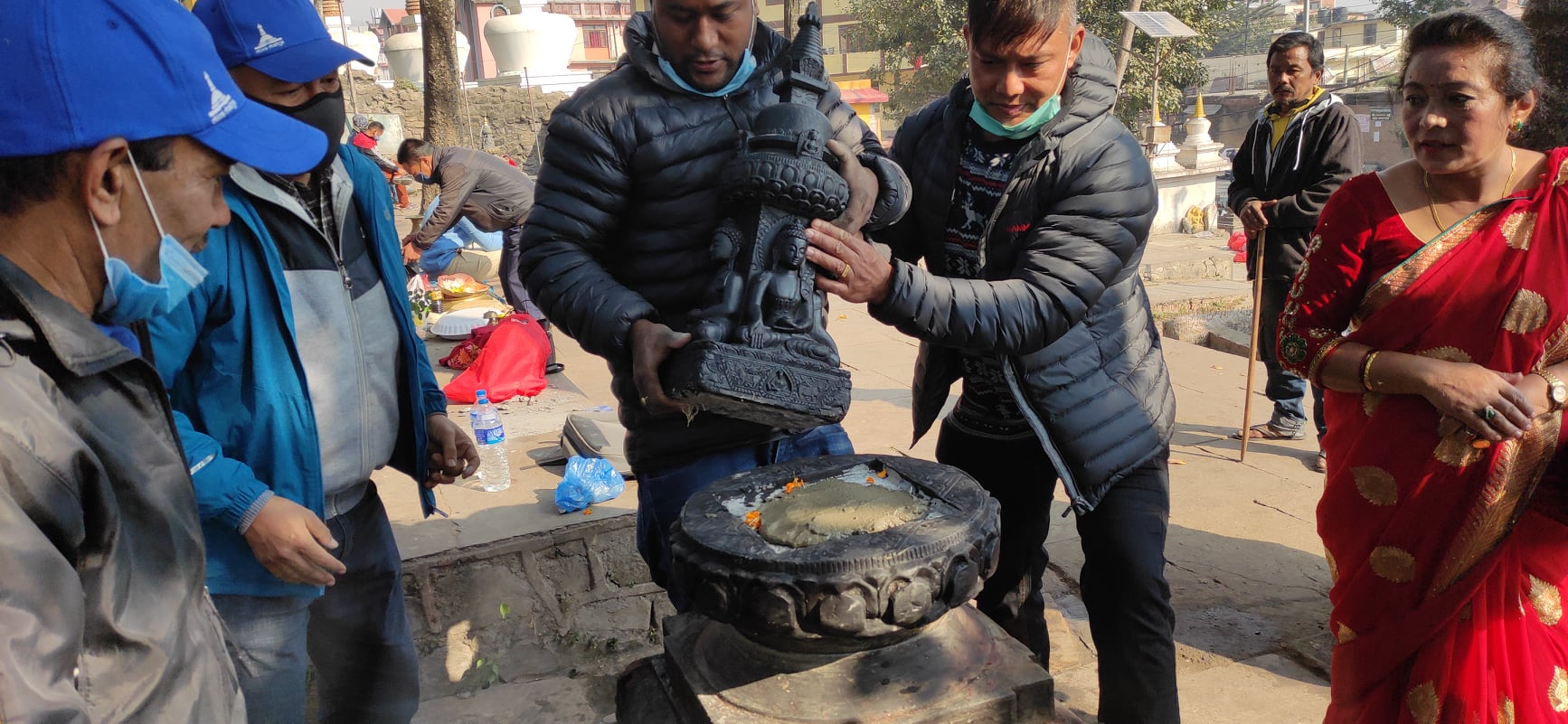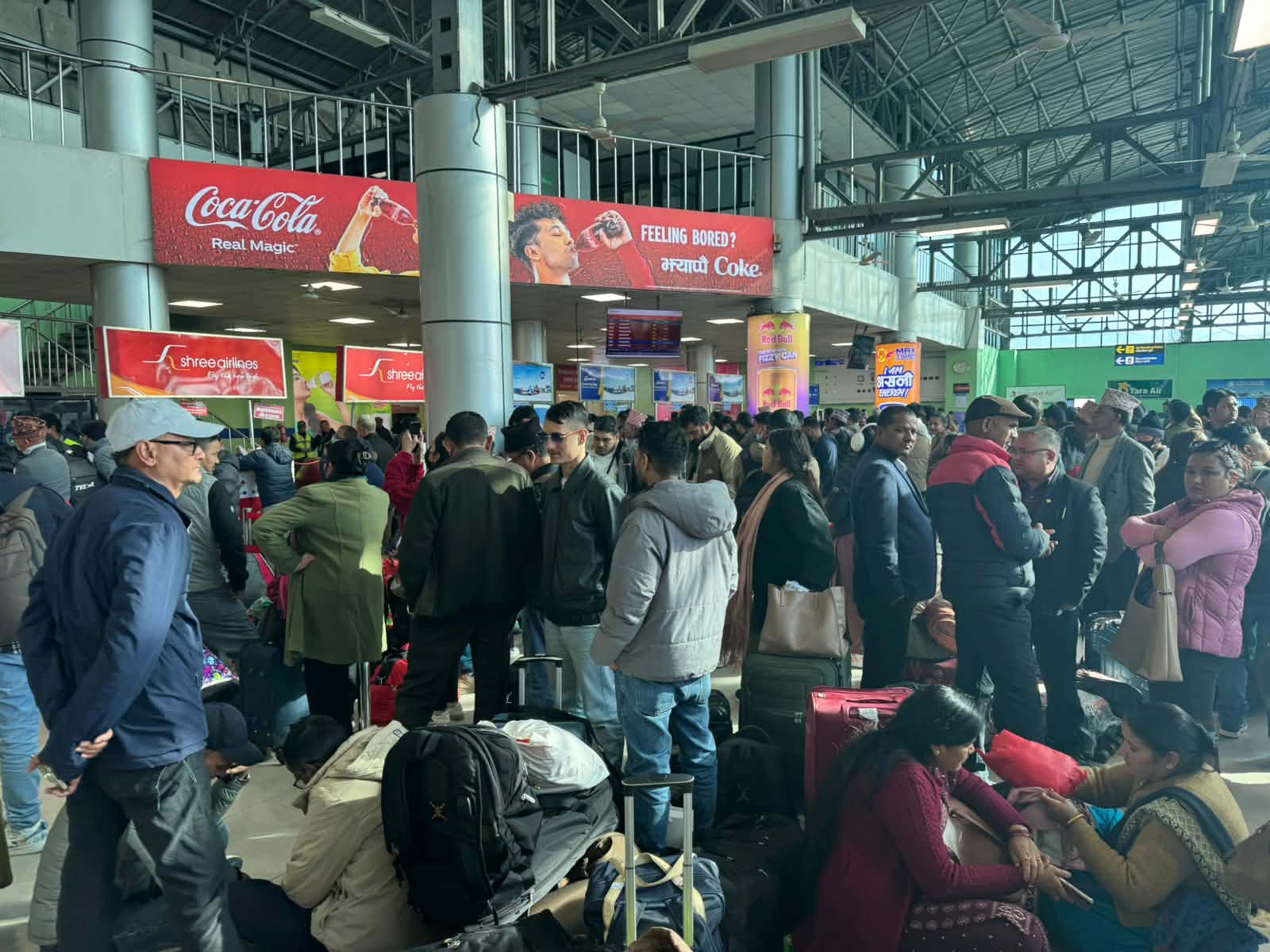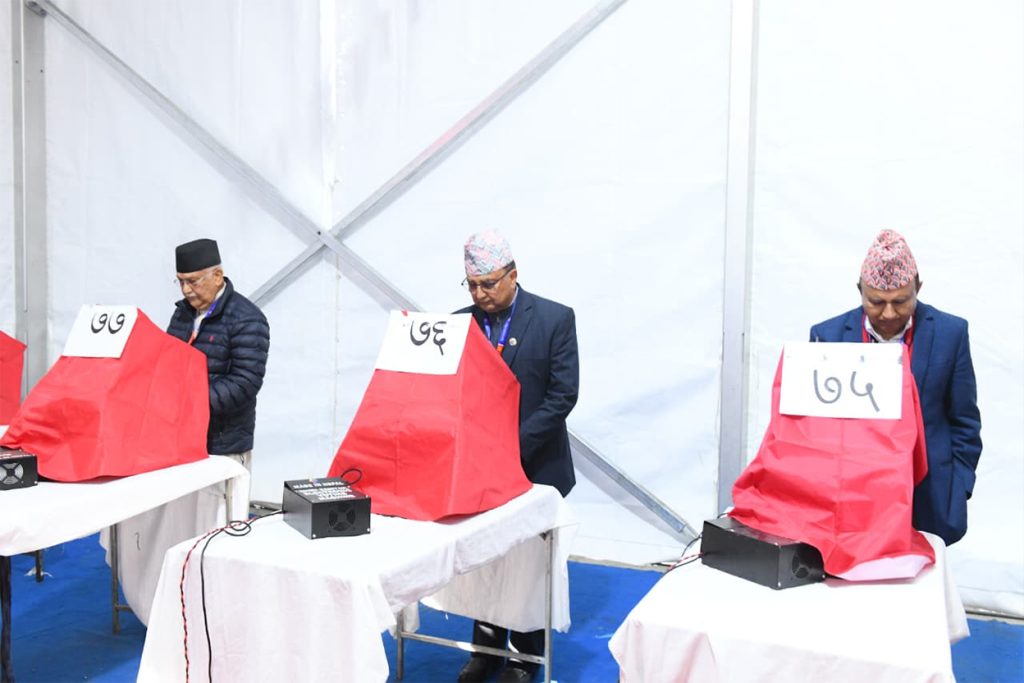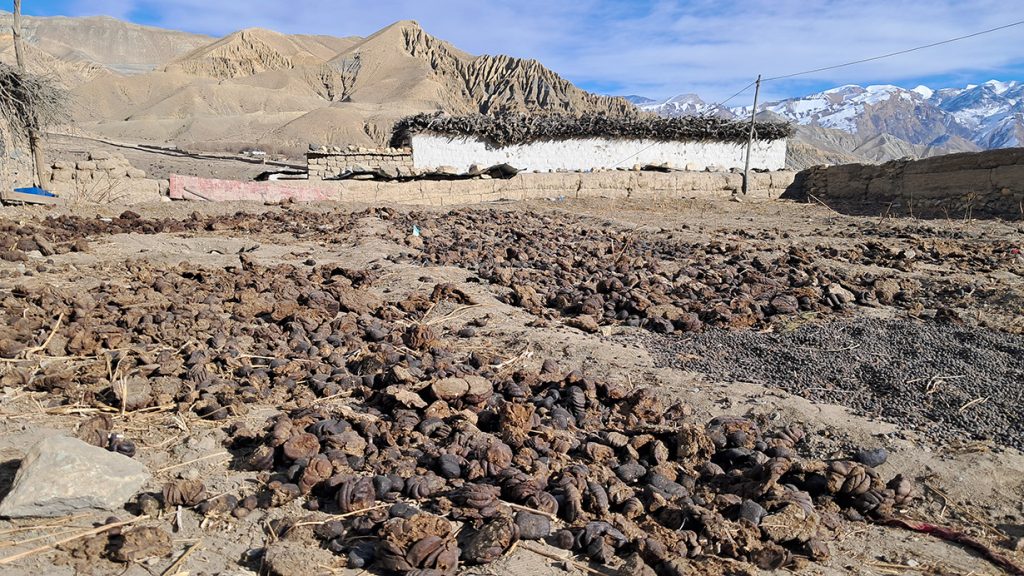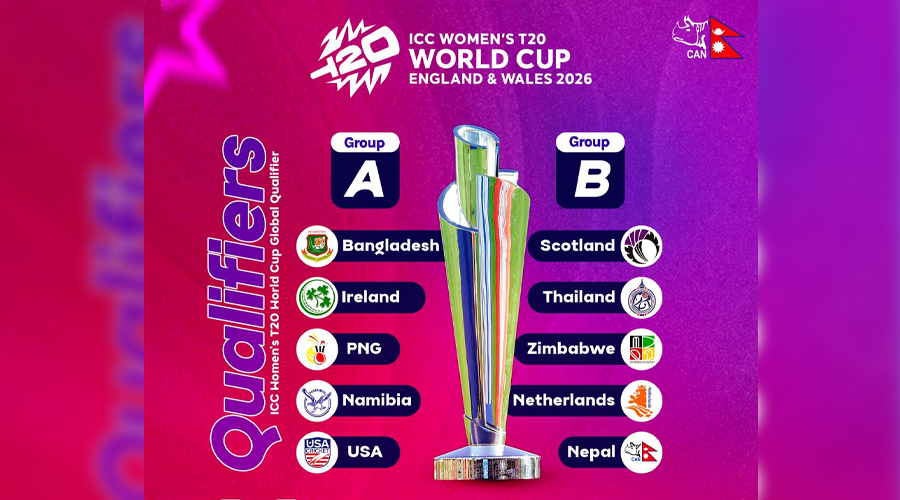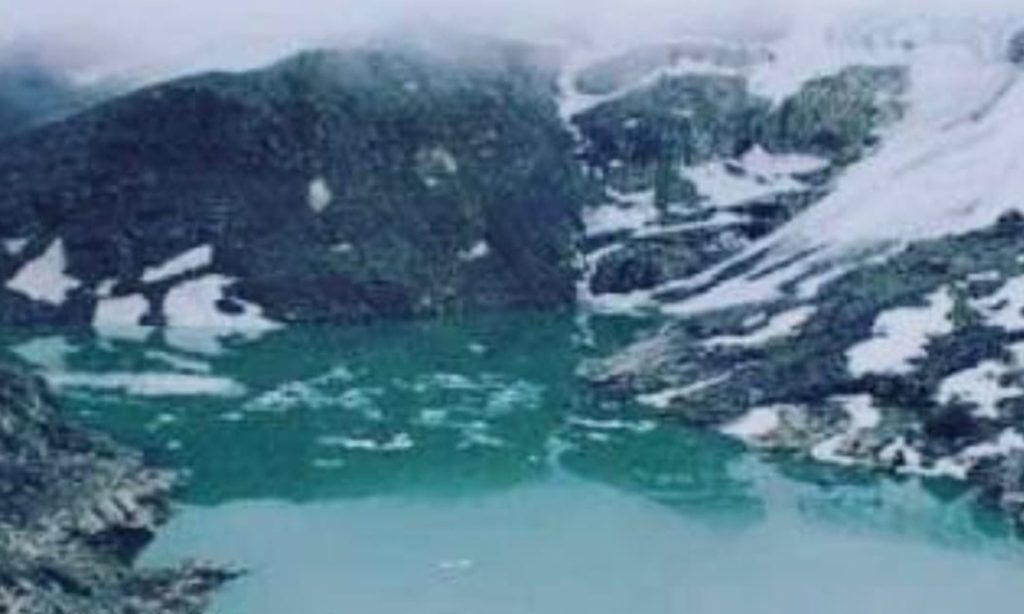In their free time, a group of friends used to walk around the Kathmandu Valley. In many of their walks, they noticed that many of the chivas on the road or elsewhere were neglected and destroyed. This group of friends understood the importance of chivas and were disheartened to see them in that status. Hence, they pitched in with their ideas, time, and money to initiate a campaign to preserve them.
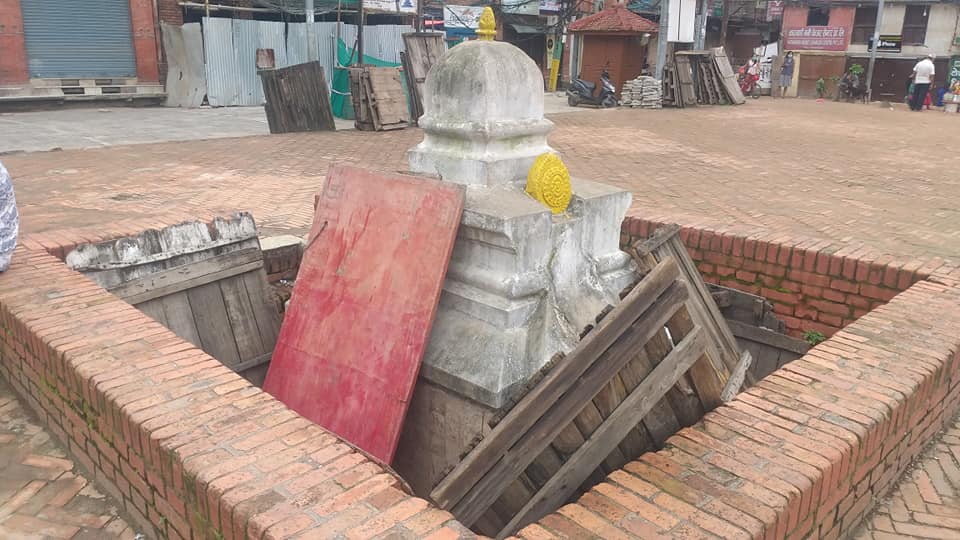
This was five years ago. And two years ago, they formed a registered organisation ‘Chivas and Chaityas’ to engage in the cause in a more organised way.
Earlier this year, this organisation pitched its idea to the World Monument Fund, and successfully enlisted ‘Chivas and Chaityas of the Kathmandu Valley’ on its watchlist, among the 25 heritage sites worldwide. Even in the sight of the pandemic, the organisation has been engaging in preserving them. And, their investment is gradually showing some good results.
Why to preserve them?
“They are unique to Nepal and very closely connected to the Buddhist culture. They hold immense possibilities in the tourism sector, especially heritage tourism and spiritual tourism,” the organisation’s vice-president Prabin Man Shakya says.
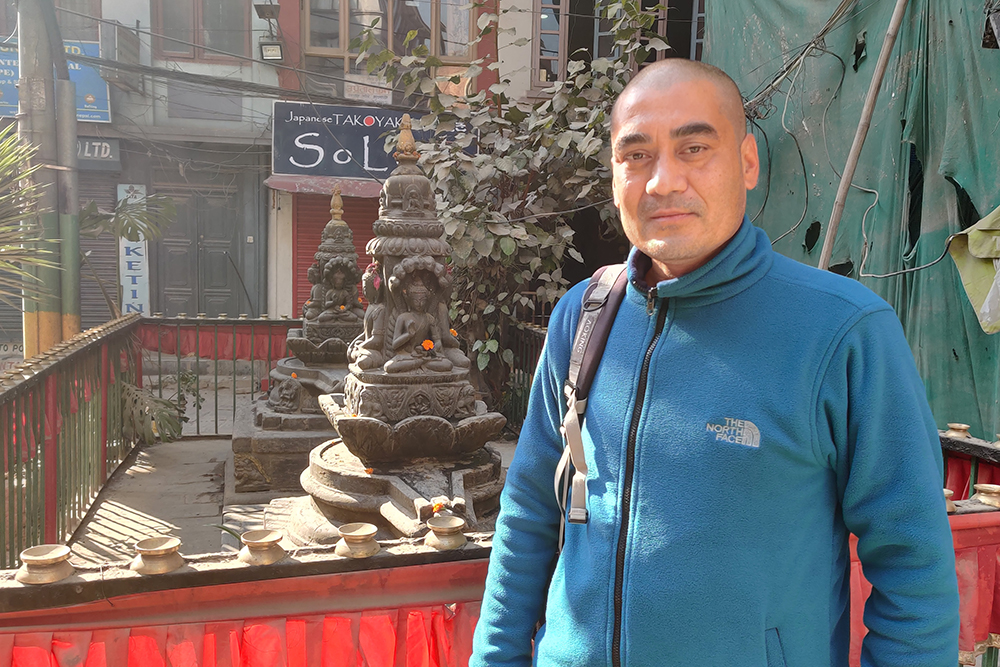
Carolyn Childs, a travel researcher, states in an article that tourists spend 38 per cent more than regular expenses and stay 22 per cent longer in a place with cultural heritage, Shakya informs, “So, we have a competitive advantage and we can surely tap into that to create a unique image and for economic prosperity.”
Stakeholders also state that it is important to preserve these chivas and chaityas because they are the assets of our rich and intangible cultural and architectural heritage.
Who built the chivas and chaityas and why?
Buddhists, mainly members of the Newa: community in Kathmandu, started building chivas and chaityas in open spaces, and in personal spaces during and after the fourth century. Since then, chivas and chaityas of all shapes and sizes have been built around the valley. Majority of them are built from stone while they can also be built in other metals such as gold, or mud (terracotta) or mixed. They can be just two to three feet tall or as big as Swayambhu or Bouddhha chaityas.
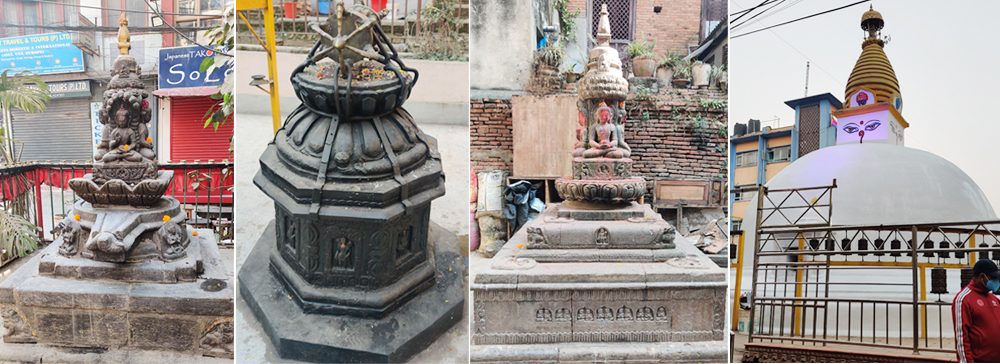
Experts say the majority of the chivas and chaityas in Kathmandu were built in memory of the loved ones who passed away, and for them to gain peace or nirvana in the afterlife. “But, it is not necessary that they are built for the ones who passed away only. One can build it for themselves or their living loved ones. Chivas become a part of our family so we worship them, celebrate their birthdays, and include them in our daily and yearly rituals like family,” Neshan Shreshtha, who is studying applied Buddhism for a graduate degree, says.
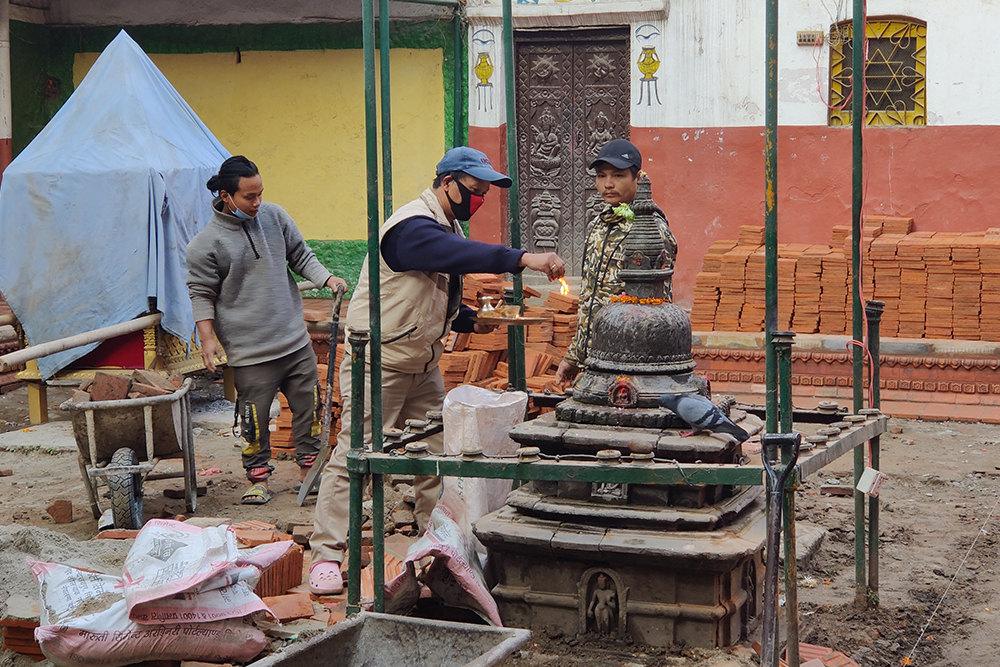
There are three major types of chivas and chaityas: the ones made with Buddha’s body parts within, the ones built with an intention to educate, and the ones built for the show.
“Chivas are a symbol of one’s connection with oneself. Each of our experiences and perceptions of life will be different; it is your own unique experience,” Shrestha says, “Also, they are guided by the philosophy of guhya samaj that states that it is a community of one, it connects to the collective idea of personal growth and personal vision for all.”
As proof, one can see that many bahas and mahabihars built around one or multiple chivas with an aagan chhen (a building made for meditation and religious activities), adds Shrestha.
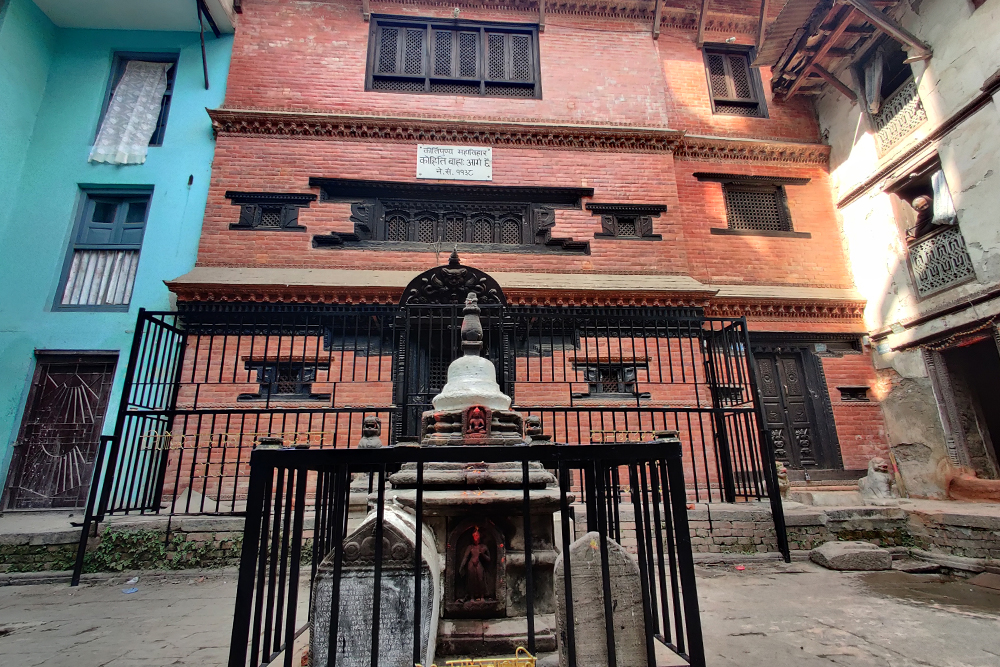
Decoding the philosophy
In addition, chivas and chaityas are the artistic representation of the Buddhist philosophy that guides one to end their sufferings and to gain peace within their minds and bodies, claim the conservationists.
The four sides and all layers have specified meanings and are described and guided in Swayambhu Puran, says Shrestha.
The different layers of a chiva or a chaitya represent five elements (Panchatatwa) in the world. Chaturaakaar (the square base) represents the earth, bartulaakar (the circle base) represents water [ripples], trikonaakar (the triangle structure) represents fire, Dhanushaakaar (bow-like shape) represents air, and sunyaakaar (the top with crescent shape and dot meaning pragyopaya or wisdom and compassion) represents the sky, according to him. The 13 circles or steps (trayodash paaramitaa) in the chaitya represent 13 steps to nirvana or enlightenment.
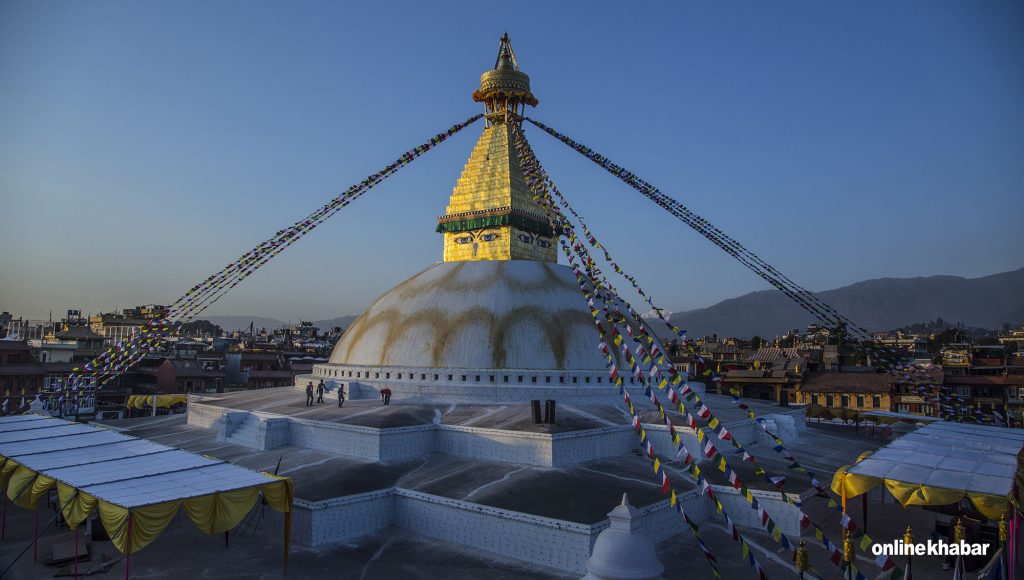
“When one is hurting or suffers a loss [of a loved one], we have to take measures to heal them. They have to go through certain steps to free themselves,” he explains, “Philosophies that guide this journey are held by the chivas and chaityas, and they act like first-aid for someone. And, for one to achieve, all these elements have to come together [at once].”
He says the east side of a chiva and chaitra represents Kaayaanupashyanaa or the existence of a physical being (rupa) or the willingness to embark on the journey of meditation. On the south is Vedanaanupashyanaa or the [five] sensory stimulations a body feels (vedana), with Chittanupashyanaa or the mindful perceptions and intellectual meanings (samgya) on the west. These three steps or interactions form a pattern and are collectively called Chetasika.
“Then, the three philosophies merge in Dharmanupashyanaa on the north, encouraging people to repeat Sanskaara or their behaviours or culture. And, the fifth philosophy is Bigyaan or the presence of a conscious mind to accept and implement the learnings and practices and is present within the chaitya. All five collectively are also called Panchaskanda.”
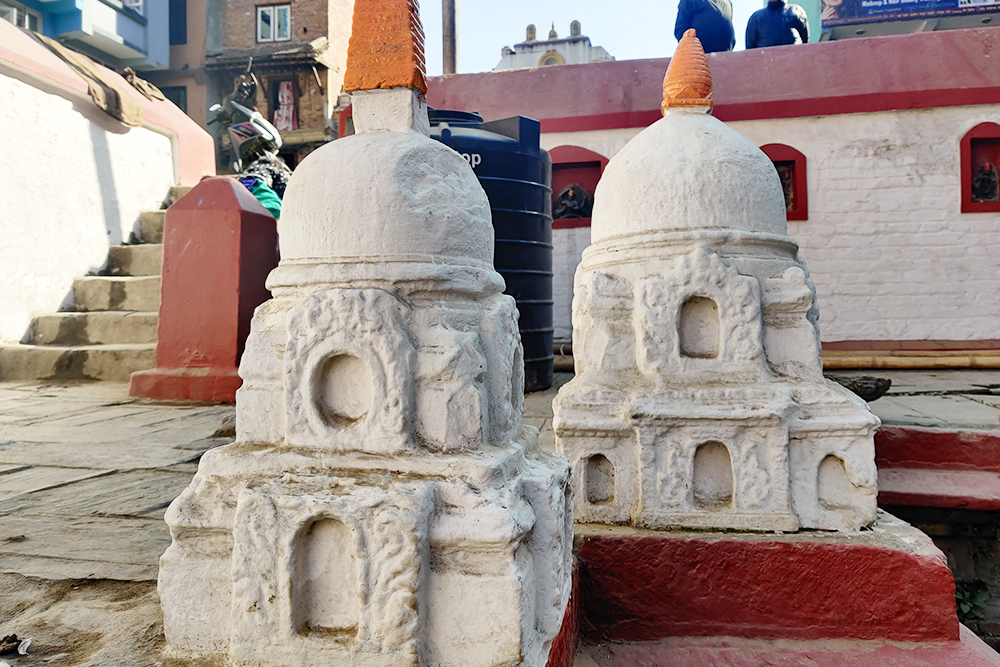
“In the Lichhavi period, chaityas were in their basic forms when they were first built. Later, in the 14th to 16th century, people started adding forms of the Buddha as a visual representation of their artistic perspectives,” says Shreshtha.
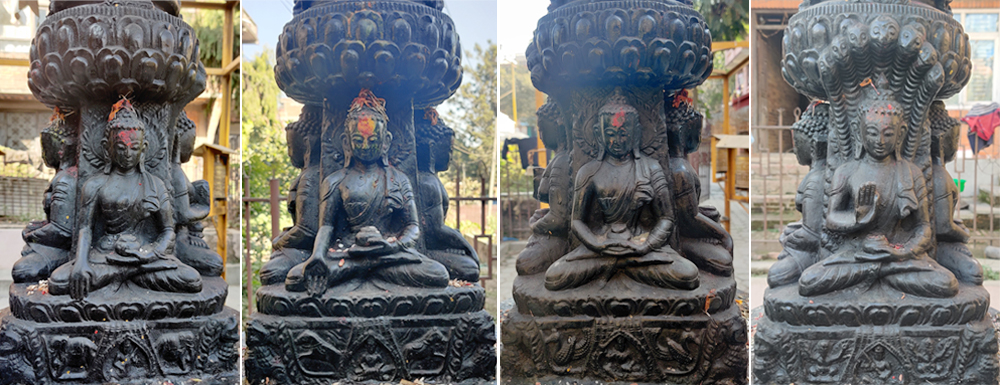
“Based on this, we can find forms of Panchabudhha with Akshobhya Lochana Vajrapaani on the east, Ratnasambhava Mamki Ratnapani on the south, Amitabha Padmini Pakshapani on the west, Amoghsiddhi Tara Bishwapani on the north, and Vairochan Dharmadhatwishwori Samantabhadra in the middle or within the chaitya. Either independently or together, chaityas also can embody the half-closed eyes of Buddha in the Ardhanimeshwor mudra.”
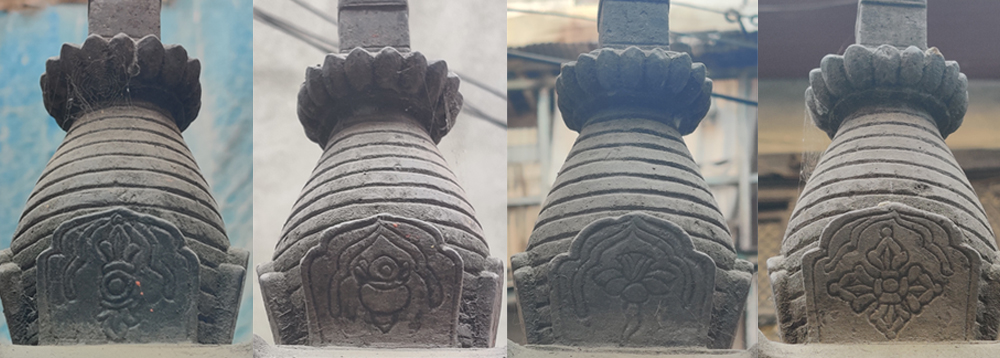
In some cases, symbols are used instead of forms of the Buddha: Vajrakul (vajra) on the east, Ratnakul (jewel) on the south, Padmakul (flower, mainly lotus) on the west, Khadgakul (sword) or Bishwakul (bishwa vajras) on the north, and Chakrakul (wheel) in the middle.
Challenges in the pursuit
Although the campaigners explain so much to connect human life with these chaityas, most of the people are still unaware. Shakya says this has been the biggest challenge in their campaign.
“People have stopped being interested in these issues. If one understands the spiritual and cultural importance they have, they will surely contribute and participate in preserving them.”
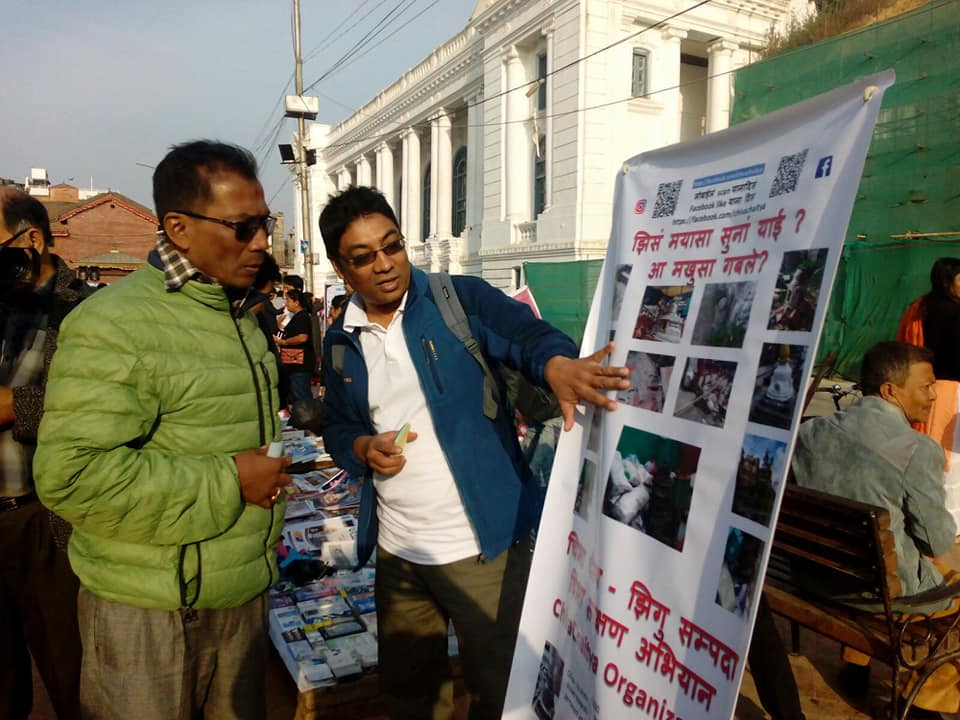
Another common problem the organisation has faced is the difficulty in finding the chivas themselves. “We started with the documentation of chivas and chaityas in the Kathmandu valley. There are some 2,000 to 2,500 chivas and chaityas in the valley, and we have mapped some 700 of them,” Shakya informs, “At times, it is very hard to find them as many have built them in their personal properties. Other times, we find them but because they are old and damaged, we cannot find the owners or the person who built them.”
He concludes his campaign will be difficult without cooperation from the locals, it is very difficult.
The chivas and chaityas today are in constant threat. “Because of the road expansion and people rapidly building houses, they are being encroached and displaced. When people buy or sell the house and a new family settles in, they just leave them unattended, posing a bigger threat to their existence due to the lack of ownership and knowledge regarding their importance.”
To cope with the problem, the group has planned to educate the local youth. “On October 3, we organised Watch Day 2020 at Swayambhu, where we let them converse with the stonemasons and activists working to preserve the chivas and chaityas,” informs Shakya, adding the group still wants to promote youth involvement in their pursuit, and make it a nationwide initiative.



